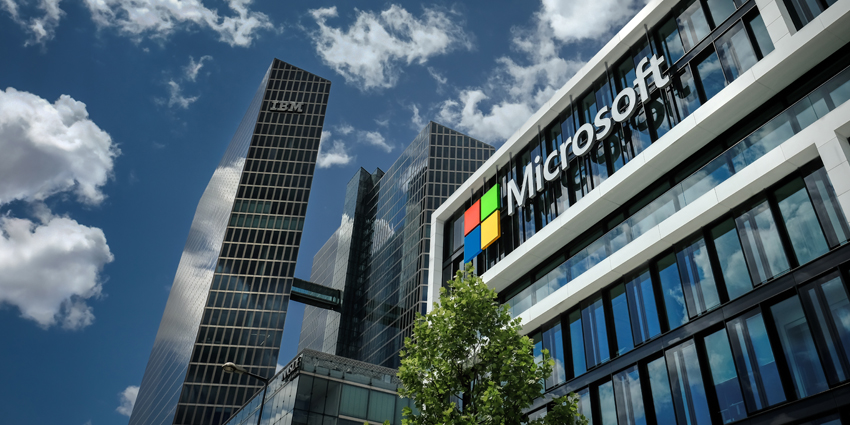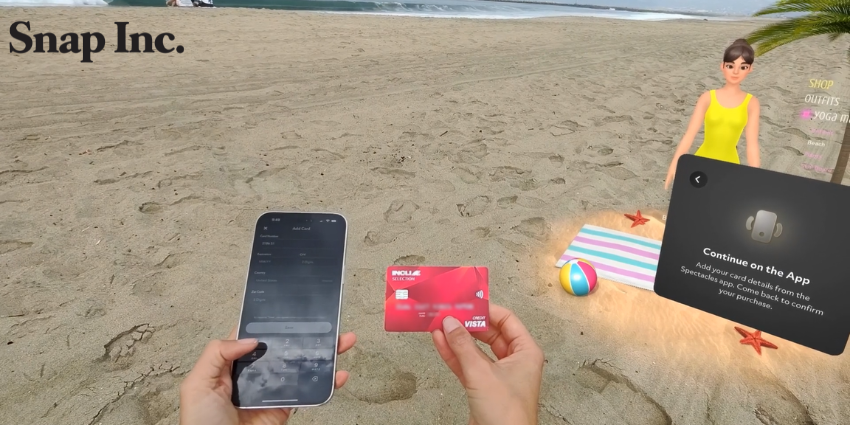As reported by Windows Latest, Microsoft recently filed a patent request showing a potential first look at a pair of augmented reality smart glasses. In two USPTO filings—”Composite Poes Estimate For Wearable Computing Device” and “Resolution Enhancement in Spatital-Frequency Space “—Microsoft seemingly is building AR smart glasses with Co-Pilot genAI integration.
Patents do not always indicate a firm’s upcoming products or hardware. However, filings can give insight into a firm’s interest within specific technology markets, much like the pile-up of Apple Vision Pro patents that came years before an official announcement from Apple.
Notably, the recent Microsoft patents highlight how the firm has worked on the upcoming potential product since at least 2023 – based on patent-filling information.
The filling shows that Microsoft is experimenting with a unique Windows OS for spatial computing – perhaps Windows Holographic – which detects a user’s environment and interactions, similar to the Apple Vision Pro spatial computing framework.
Moreover, the filling showed how Microsoft is implementing AI to process spatial information that the device’s camera picks up—perhaps suggesting CoPilot integration for Meta Ray-Ban-style virtual assistant services.
The details are slim, however. The fillings also interestingly highlight how Microsoft’s device research aims to be accessible, such as supporting low-light conditions. Besides some technical details, the filling does not reveal much more about the potential of Hololen’s success.
Microsoft to Leverage AI and XR Together
During Microsoft Build earlier this year, Pavan Davuluri, Microsoft’s Corporate Vice President of Windows and Devices, announced a new partnership with Meta to introduce a volumetric workspace for the Quest portfolio.
This move seems to position the Quest directly as a competitor to Apple’s Vision Pro productivity goal. This news comes as Meta tests Vision Pro-style features and unveils new XR productivity hardware packages.
The development of the volumetric workspace follows Microsoft’s AI updates. The company notes how AI enables it to expand its product portfolio to Quest hardware and other emerging end devices.
In addition to the above, at AWE 2024, Microsoft announced new avatar integrations, usability enhancements, and Mac compatibility for its recently launched Microsoft Mesh platform. These new features optimize enterprise-facing avatar content creation on the Teams remote communication platform.
These new features follow Microsoft’s development of its immersive avatar system, which first entered public preview in October 2022. Since then, Microsoft officially launched the Mesh service in January. The company states this enables a more profound sense of worker engagement for teams working in remote or hybrid settings.
Will Microsoft Remain an XR Hardware Provider?
Microsoft’s focus on developing genAI-powered XR solutions appears active. The company is conceivably shifting from creating AR/VR/MR hardware to concentrating on becoming a software provider.
Microsoft is keen on making XR applications more flexible and accessible, as seen with the introduction of the new OpenXR coding feature in Windows Holographic version 1.1. In addition, Microsoft is expanding access to its workplace products, including Mesh, Office, and Dynamics 365, to various XR devices.
Furthermore, Microsoft emphasizes the development of hardware-agnostic XR productivity apps to establish itself as a critical player in this arena, which Apple has recently invested in.
This news follows Microsoft’s announcement of significant layoffs affecting around 1,000 positions in its HoloLens and Azure Cloud divisions. This raises questions about the company’s development of the HoloLens 2 hardware and Azure “Moonshot” projects, which involve collaborations with companies like SpaceX to enhance highly complex operations.
After Microsoft reduced approximately 10,000 positions almost a year ago, the company seems to be streamlining its XR and cloud divisions without impacting its AI teams, a core focus for Microsoft following its partnership with OpenAI.
Despite the recent layoffs, Microsoft seems still committed to its legacy MR headset. Microsoft released a new update for the HoloLens 2 MR headset in May, marking the device’s first significant enhancement since 2024 and the first major improvement since October 2023.







